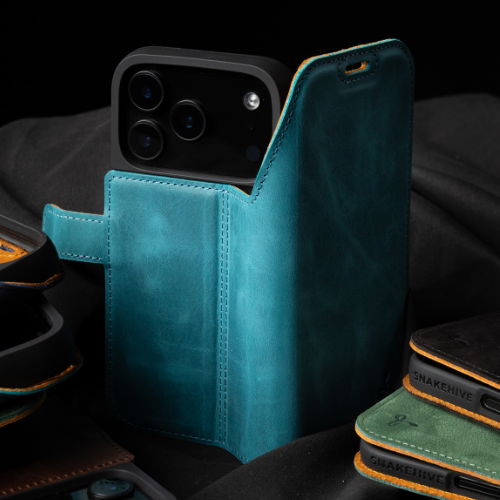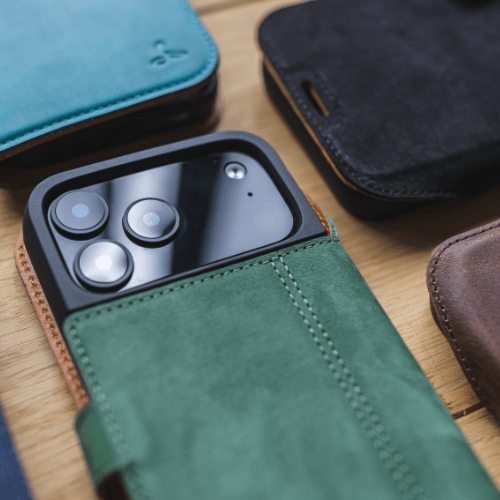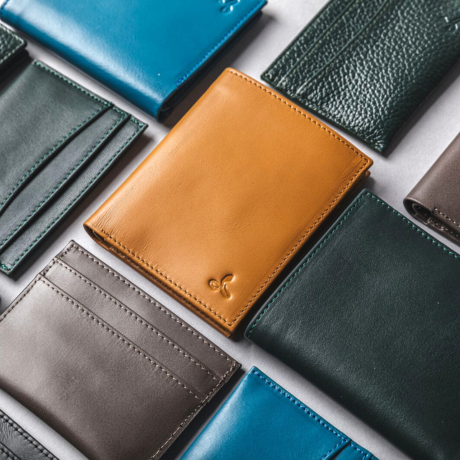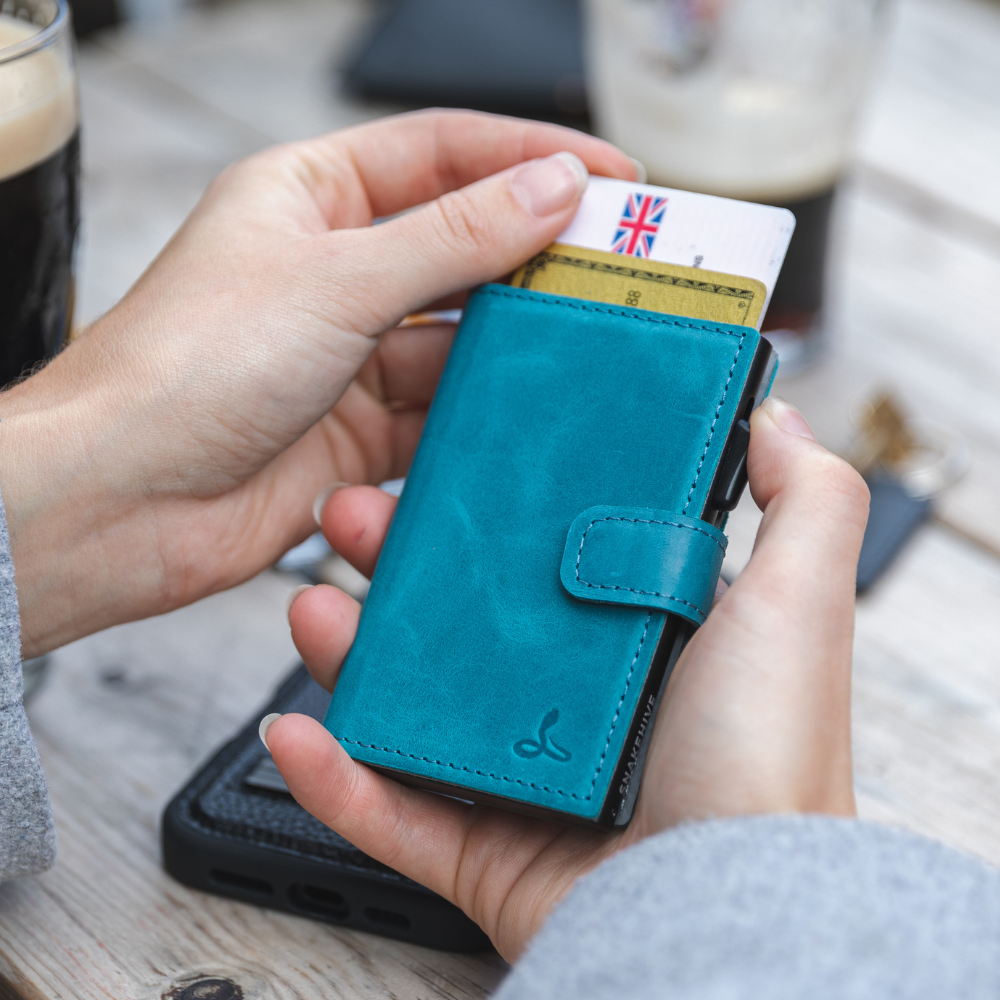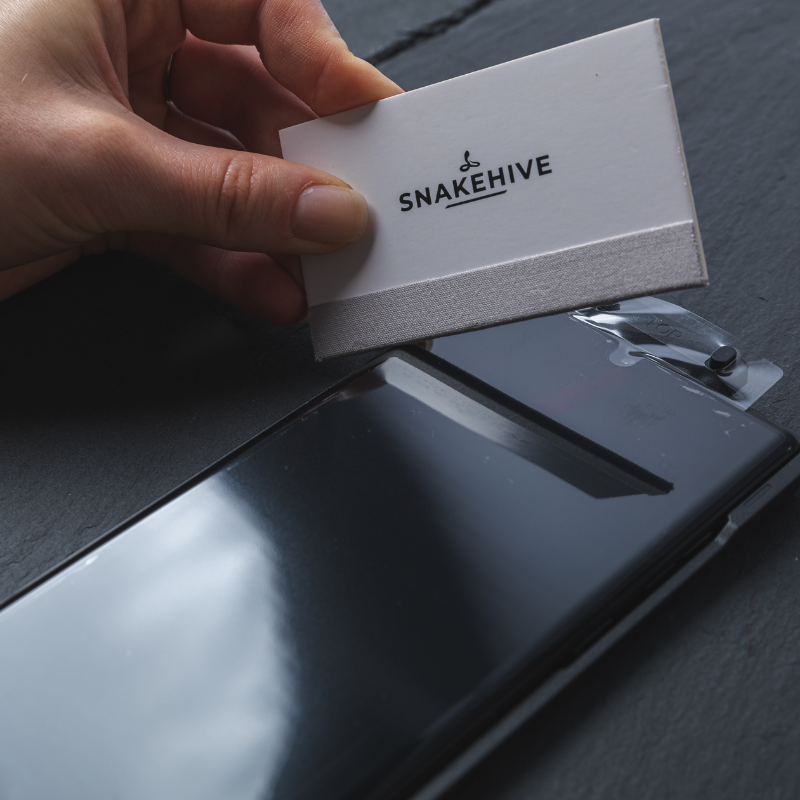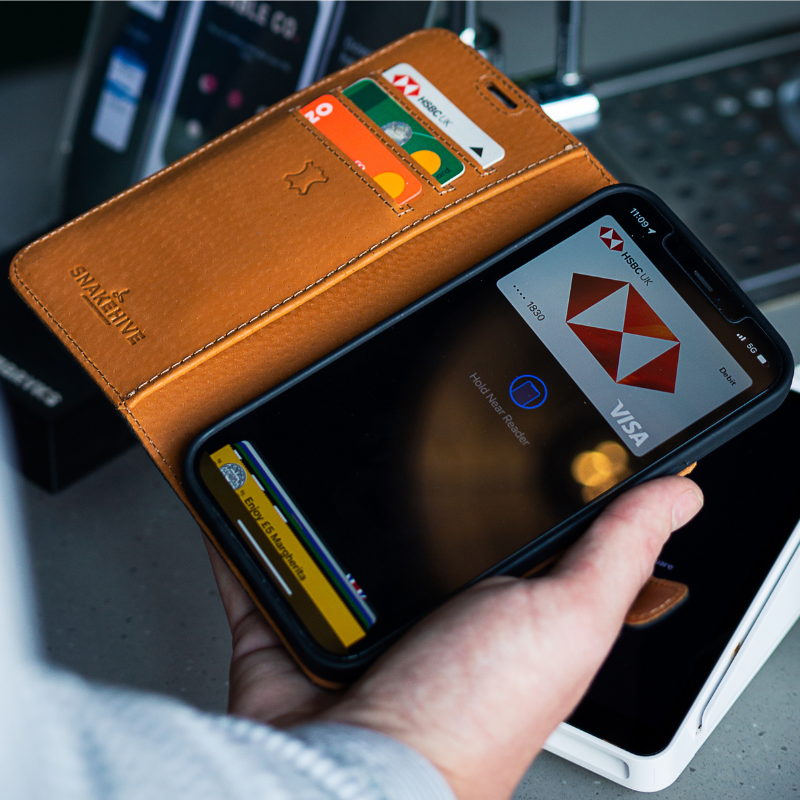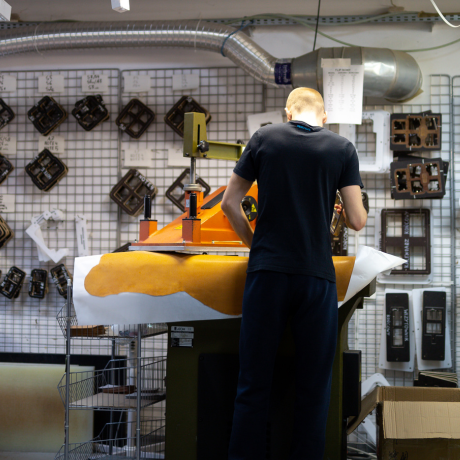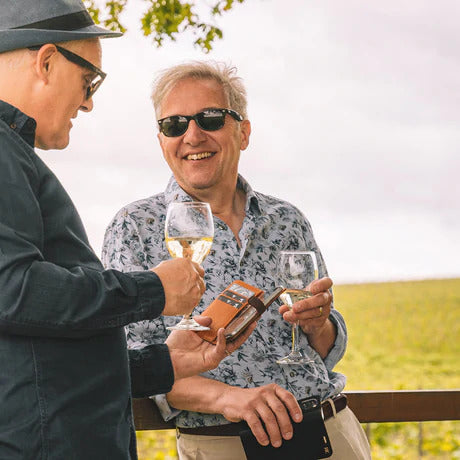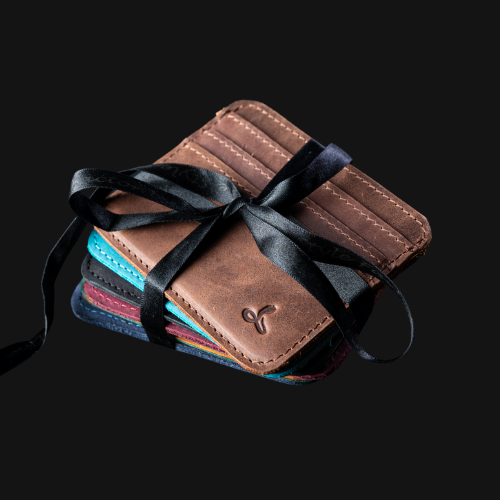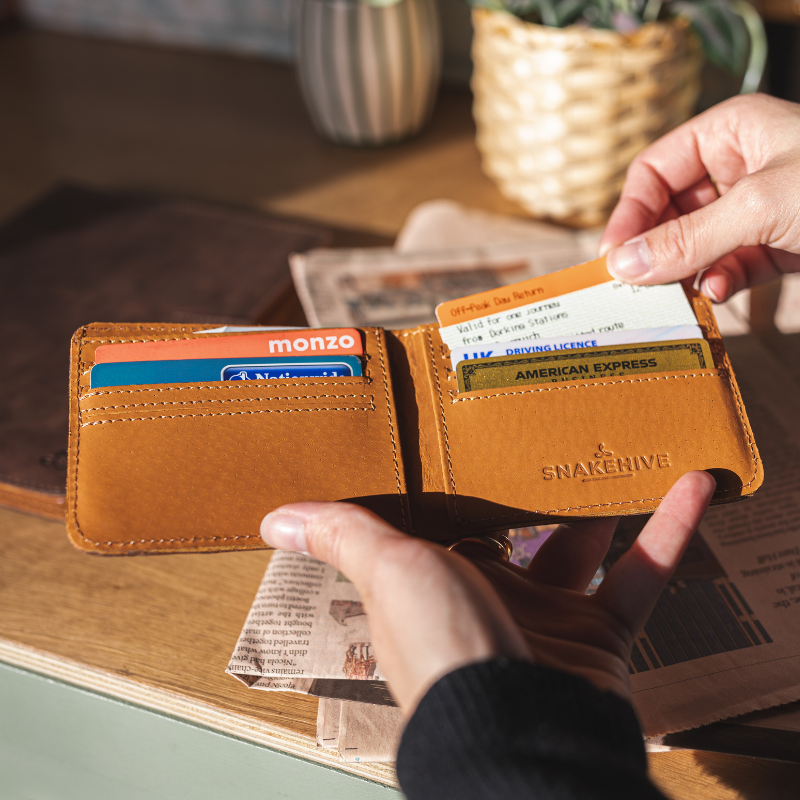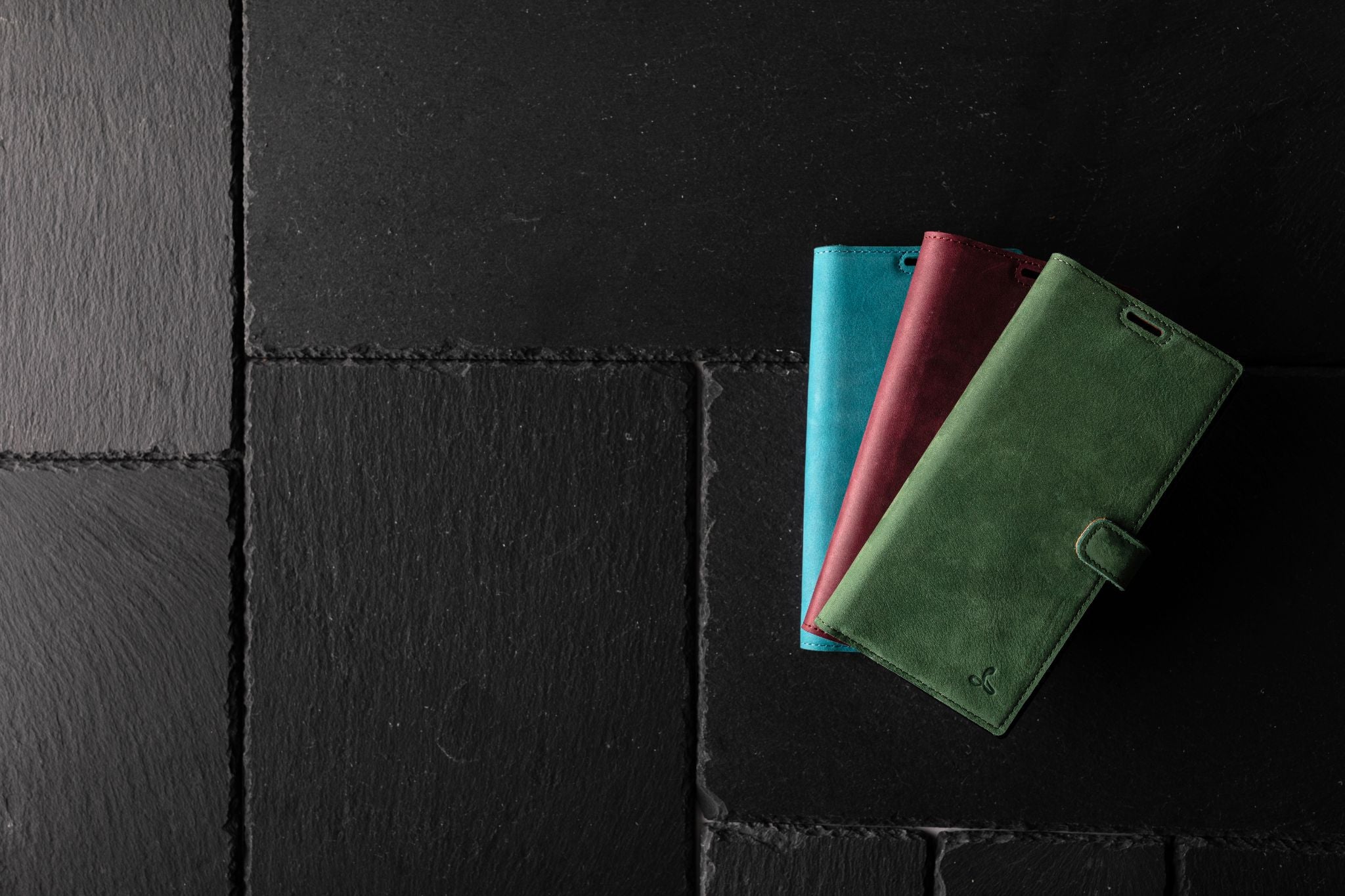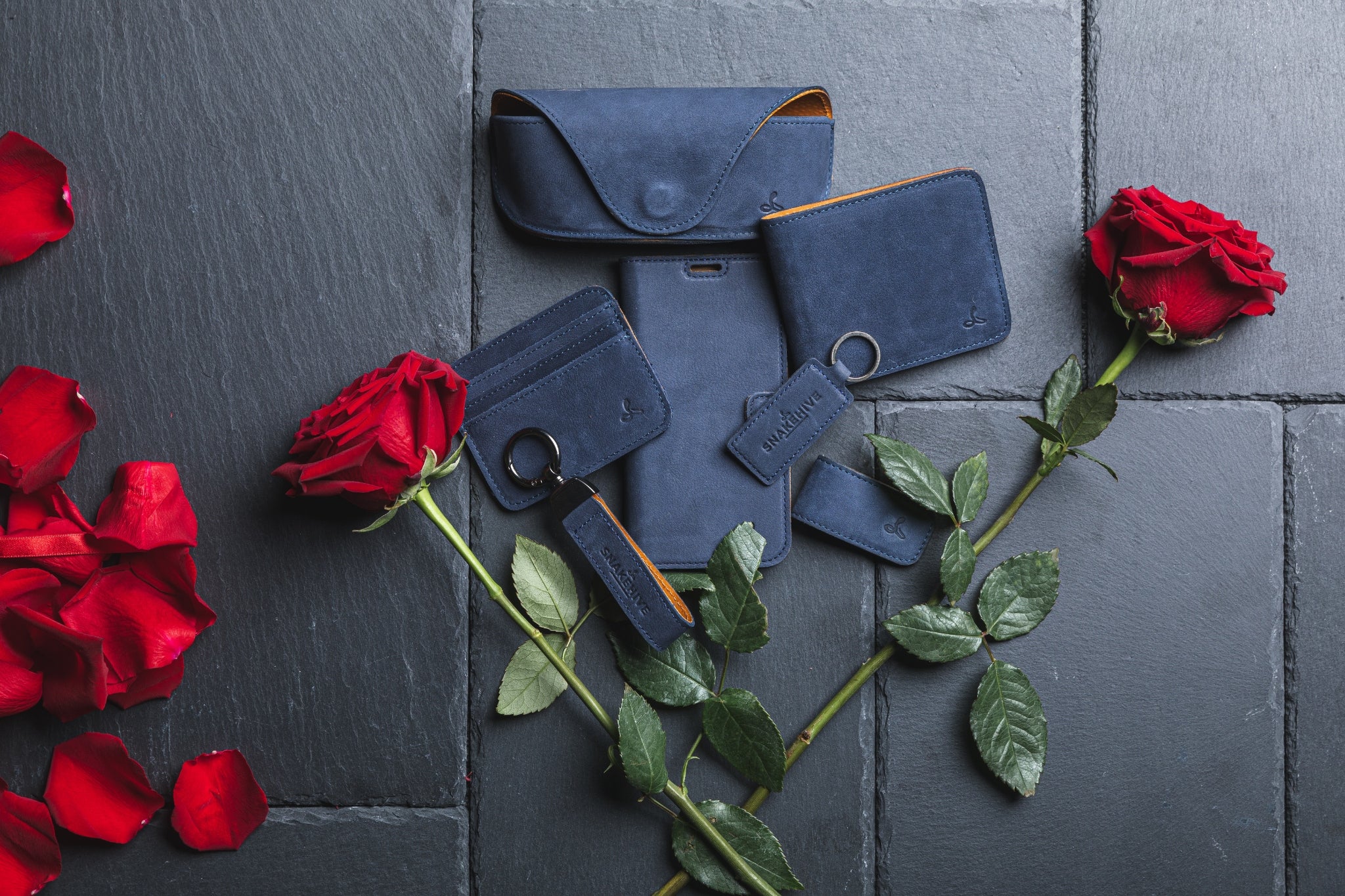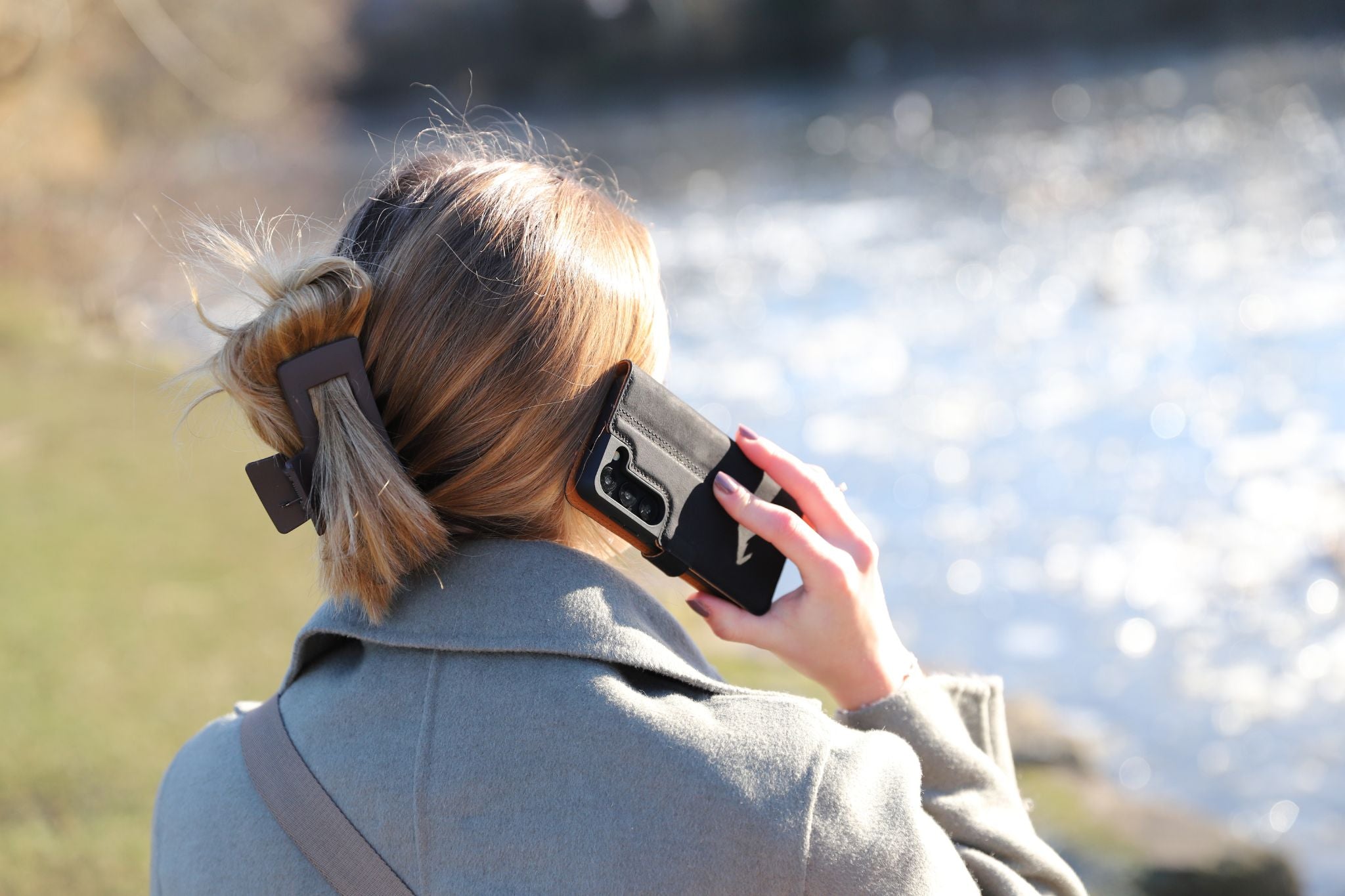
Embracing Leather's Timeless Appeal: A Gentle Exploration into Sustainable Choices
In a world where the importance of sustainable development is on the rise, consumers are becoming increasingly informed and conducting independent research. Today, we focus more on the concept of circular production as opposed to the general and widely overused term ‘sustainability’.
Circular Production is a term adopted by the retail industry in more recent times to accurately describe the lifecycle of materials within production lines. The circular economy involves the idea of reusing, repairing, and recycling materials and products as much as possible to minimise waste.
When considering leather goods; quality, durability and luxury often come to mind. But how can Snakehive, as a leather goods company, align with the principles of circular production?
When contemplating an investment in leather products, sustainability might not be the initial focus for the consumer. However, leather has long been associated with quality, and durability, challenging the misconception that it cannot be sustainable.
At Snakehive, we are committed to building upon the circular economy. Our 'Almost Perfect' line in the UK is one example of this commitment by repurposing cases with minor aesthetic blemishes that don’t quite meet the high standards of our full price range, however, are still perfectly functional. By discounting the price of these cases, we are catering to a wider retail market whilst also preventing them from ending up in landfills, a win-win situation!
Furthermore, we keep our product range small - being in the phone case business, there is a high turnover. People buy new phones constantly, and with new phones of course come new cases. To try and minimise unnecessary production of cases for every new phone model that subsequently do not sell, we target only the most popular phone models and produce only as many cases as we believe we will be able to sell to further minimise unnecessary production and waste. We focus on getting it right and we’re not afraid to start small. Although this may lead to slightly longer waiting times for products to come back in stock, we truly believe that Anything worth having is worth waiting for, especially when it’s guaranteed to last.

Now, let's delve into the sustainable aspects of leather
Contrary to popular belief, the act of not using leather can be wasteful. Leather, a natural by-product of the food industry, is a strong material with responsible manufacturing processes in place. Like well-made jeans, leather lasts, furthermore it improves with age, showcasing a unique patina and wear pattern unique to its owner. Responsible leather production adheres to strict regulations and international standards to combat overuse of other materials such as water and energy consumption within its production.
Diving Deeper into Leather's Sustainability
Depending on the type, leather biodegrades in 10 to 50 years, significantly faster than its synthetic counterparts, meaning that it has a much lower environmental impact. Innovative technologies in the industry reduce this time further, promoting long-life repairable solutions and natural end-of-life disposal.
The modern leather industry recycles over 270 million cow hides annually, preventing almost 7 million tonnes of by-product being wasted and disposed of in landfills. Most leather is sourced from livestock raised for food, including cattle (69%), sheep (13%), goat (11%), and pig (6%). Therefore, utilising leather in retail feeds well into to the development of circular production for both retail and the food industry meaning there is very little waste in the entire production line.

Why Choose Leather?
Leather boasts qualities that make it an excellent choice for protecting valuable items. Its unique properties allow it to absorb and release moisture, ensuring longevity and improving its appearance with age through the development of a rich patina. Furthermore, the malleability, aesthetic appeal, and the sensory experience of owning a leather product contribute to its luxury.
Overall, both in the wider industry and on a personal level, many steps are being taken to ensure the circularity of leather as a product. Namely, ensuring all parts of its production use as little electricity and water as possible and that once the leather is turned into a product, that product is not wasted due to small aesthetic defects.
Choose Leather - Elevate Your Everyday Essentials with Timeless Quality.


